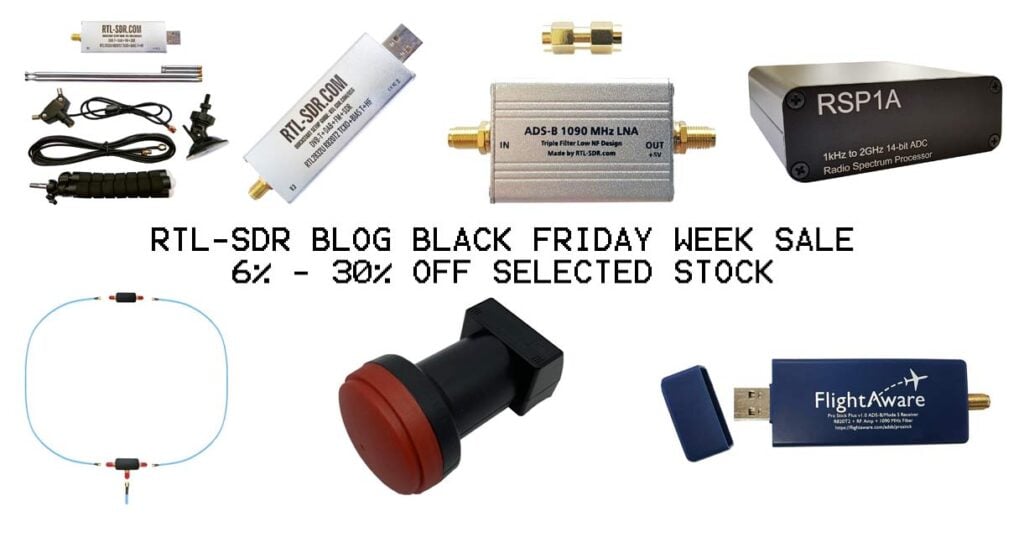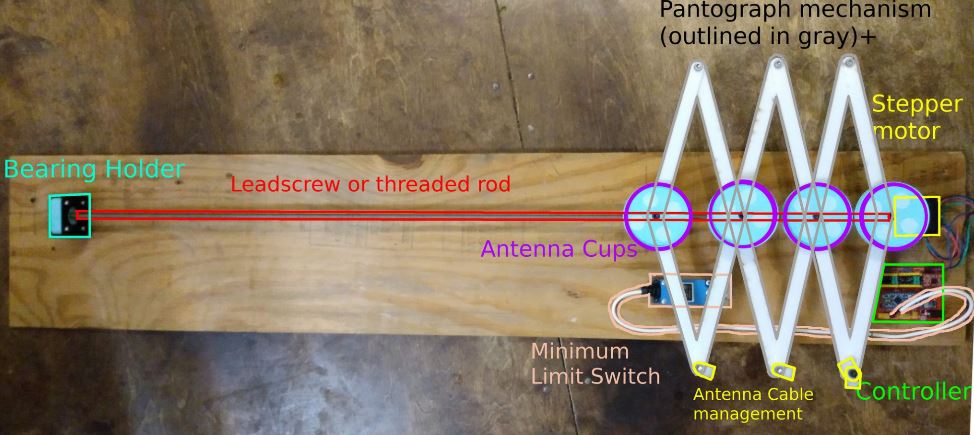RTL-SDR Blog Black Friday Sale Discounts On: RTL-SDR V3, YouLoop, QO-100 Bullseye, FlightAware, ADS-B LNA, RSP Enclosure
We're holding our first black friday week sale with 6% to 30% off selected products!
Only until Monday, and orders are subject to stock levels and possible back ordering if stocks sell out. Sale is only valid on our web store, Amazon and Aliexpress (the eBay platform will not be discounted due to high fees). Discounts are summarized below, with everything still including free worldwide shipping to most countries:
- RTL-SDR Blog V3 Dongle with Dipole Antenna Set:
$34.95$32.95 - RTL-SDR Blog V3 Dongle Only:
$24.95$22.95 - QO-100 Bullseye TCXO LNB:
$29.95$24.95 - Airspy YouLoop Passive Magnetic Loop Antenna:
$34.95$24.47 - FlightAware Prostick Plus:
$29.95$27.95 - RTL-SDR Blog ADS-B Triple Filtered LNA:
$39.95$34.95 - Metal Case Upgrade for SDRplay RSP1A:
$24.95$22.95
Please see our store at www.rtl-sdr.com/store for ordering.
Remember to follow us on Twitter, Facebook and via our email list to keep up to date on new posts, product releases and sales. We're also planning a giveaway or two in the coming months which will be done via those platforms.






